Norway Spruce
anderson_dc
13 years ago
Featured Answer
Sort by:Oldest
Comments (26)
ken_adrian Adrian MI cold Z5
13 years agolast modified: 9 years agoanderson_dc
13 years agolast modified: 9 years agoRelated Discussions
Flushing out of Norway Spruce and Colorado Blue Spruce
Comments (1)Weather... Dax...See MoreColumnar Norway Spruce
Comments (14)No, just no. You are correct. Spruce trees grow from the top out and from the outside more "out." It will not grow back where it has been damaged, particularly if its genes are telling it to grow up like a column, not out like a watermelon! What could happen, over time, is the lower and upper branches could grow out enough to cover up the damage. That tree, damaged like that, is not worth $525. And it's a darn shame because it WAS a gorgeous tree! Large trees are expensive, and they often undergo "transplant shock" and can take a year or two to recover. Sometimes they don't, and sometimes they do fine. Although large trees make your landscape look more "filled in" sooner, they come with significant cost and risks. Why add more? You are much better off going with smaller trees. They will FAST outpace the larger trees and are often healthier to boot. Not saying a big tree, properly transported (it dried out on the truck ride over too) and properly planted and cared for can't bounce back and be wonderful, but there are notable times when that is not the case. My Aunt died in summer 2014. That fall I planted two "Charlie Brown" trees in honor of her and they looked pathetic. Both cost under $100. They are now tall and robust and beautiful, while another couple of larger, more expensive trees I planted at around the same time, haven't changed a bit. As for the river birch though, it could bounce back. I had a gorgeous specimen get completely knocked to the ground when another larger tree fell on it. I figured it was dead and cut it down to the stump and planted a replacement next to it. The goner tree bounced back from the roots and is now almost as big as its replacement. I'd be a bit more skeptical of the columnar Norway spruce, although the species tree is quite hardy. A young tree might bounce back since it has a ways more to grow. Your tree is not young, that's a problem....See MoreYellowing of Norway Spruce
Comments (6)I'm no expert, but it appears to me that you have a grove of heavily congested spruce (and possibly other types) of trees growing in a 'bunch'. This can cause problems in its own rights. But if your pictures are showing the side of the tree that was up against the one that was removed, it's probably just the fact that the two trees were growing so close together that neither one developed properly. In addition, trees have a way of thinning themselves when planted too close together and over time some will die so the others can continue to grow. But again, removing a tree that was too close to another tree, will show the undeveloped side of the living tree. And this will, over time correct itself to some extent but may take a decade to do that and most likely will never be like a tree that was grown with exposure to full sunlight. Which is what these trees prefer....See MoreHelp! Norway Spruce Branches Cut
Comments (26)Once the arborvitae hedge looks tall enough to everyone involved the neighbors present at that time might be open to having the spruces cut down entirely. If this turns out to be the case offer to cover the cost yourself. Unless it appears they already had their own complaints about this planting before you approached them. In which case they would possibly agree to splitting the charges 50/50. In the meantime it could be 20 years or more before the Thuja appear able to take over, depending on associated individual perceptions - a hedge or screen often does not have to be fully as tall as an unwanted background in order to provide sufficient relief. And in your first shot their house is well on its way to disappearing - if your own planting only has to get a few feet taller to do the job then the ability to dispense with the spruces will come a lot sooner....See Moreanderson_dc
13 years agolast modified: 9 years agowisconsitom
13 years agolast modified: 9 years agoken_adrian Adrian MI cold Z5
13 years agolast modified: 9 years agoanderson_dc
13 years agolast modified: 9 years agowisconsitom
13 years agolast modified: 9 years agoEmbothrium
13 years agolast modified: 9 years agoken_adrian Adrian MI cold Z5
13 years agolast modified: 9 years agoanderson_dc
13 years agolast modified: 9 years agoken_adrian Adrian MI cold Z5
13 years agolast modified: 9 years agodcsteg
13 years agolast modified: 9 years agoanderson_dc
13 years agolast modified: 9 years agopinetree30
13 years agolast modified: 9 years agodavidrt28 (zone 7)
13 years agolast modified: 9 years agogardener365
13 years agolast modified: 9 years agospruceman
13 years agolast modified: 9 years agopinetree30
13 years agolast modified: 9 years agoconiferjoy
13 years agolast modified: 9 years agospruceman
13 years agolast modified: 9 years agognomeabram
13 years agolast modified: 9 years agopinetree30
13 years agolast modified: 9 years agoanderson_dc
13 years agolast modified: 9 years agospruceman
13 years agolast modified: 9 years agowisconsitom
13 years agolast modified: 9 years ago
Related Stories
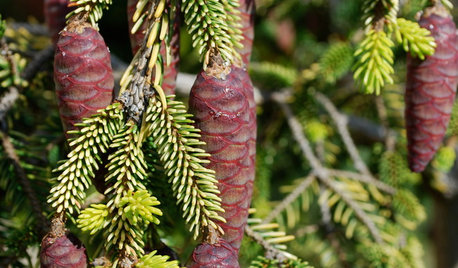
GARDENING GUIDESGreat Design Plant: Skylands Oriental Spruce, a Favorite Conifer
Brighten up a drab corner of your garden with Picea orientalis ‘Skylands’, a smaller spruce that a bird family might just call home
Full Story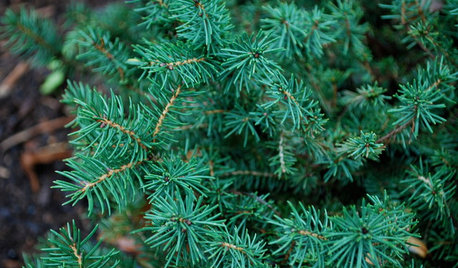
GARDENING GUIDESGreat Design Plant: Picea Abies ‘Nidiformis’
Bird’s nest spruce pulls its weight in the winter garden by providing structure and interest
Full Story
LANDSCAPE DESIGNWarm Up Your Home With an Evergreen Windbreak
Plant tall trees for more warmth in winter, serenity in summer and good looks all year long
Full Story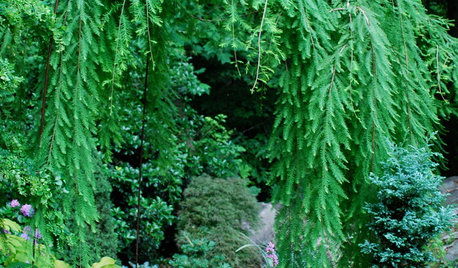
LANDSCAPE DESIGNThe Weepers and the Creepers: 10 Intriguing Trees for Your Garden
Bring something a little different to your landscape with a tree that dives, twists or crawls
Full Story
GARDENING GUIDES9 Low-Growing Hedges That Make Good Neighbors
Define garden areas or borders without blocking the view, with these evergreen shrubs that take kindly to trimming
Full Story
LANDSCAPE DESIGNGet Along With Less Lawn — Ideas to Save Water and Effort
Ditch the mower and lower your water bill while creating a feast for the eyes with diverse plantings and gathering places
Full Story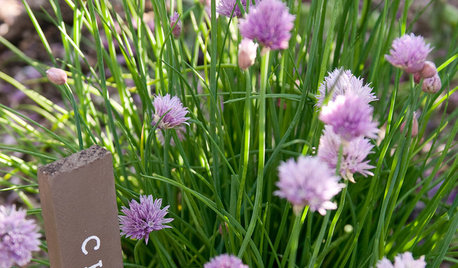
GARDENING GUIDESSimple Pleasures: Savor the First Spring Day in the Garden
How will you answer the call of the garden once the birds are chirping, the bulbs are blooming and the air is inviting?
Full Story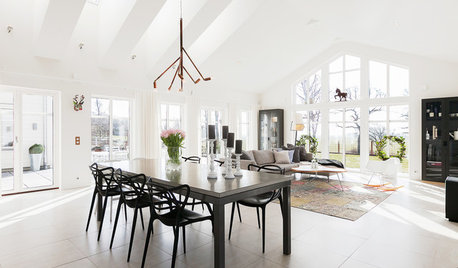
DECORATING GUIDES9 Life Lessons From Nordic Style
As Houzz launches in Denmark and Sweden, we provide you with a step-by-step guide to enjoying a real Scandinavian lifestyle in your home
Full Story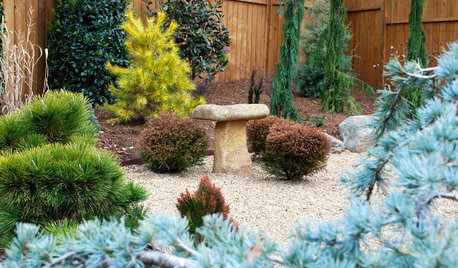
PLANTING IDEASDesigning With Conifers: Personality and Form in the Garden
Unique and full of interest, well-shaped conifers await a place your yard
Full Story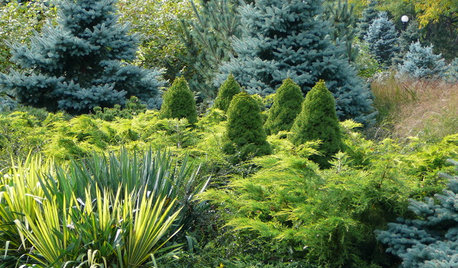
PLANTING IDEASDesigning With Conifers: Layers of Texture for Your Garden
Sharp and prickly or fine like ferns, richly textured conifers bring unexpected interest to the landscape
Full Story


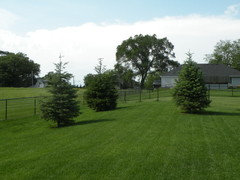
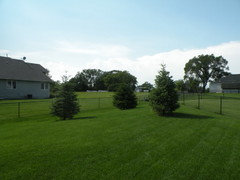
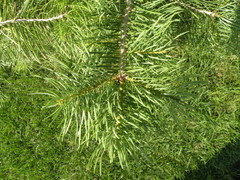
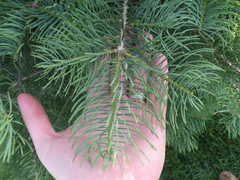
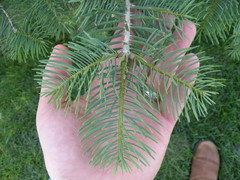
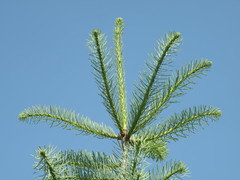

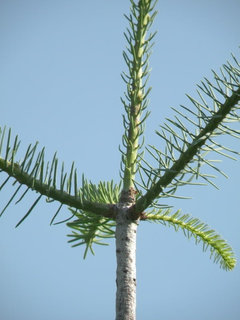
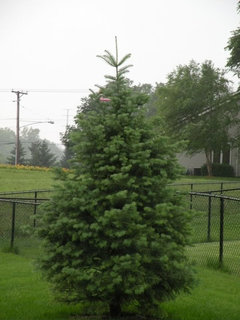
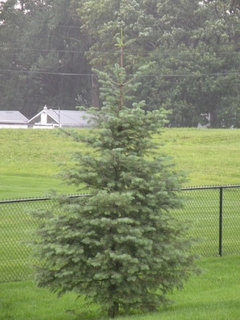
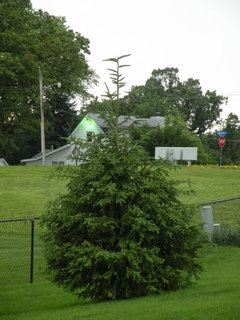
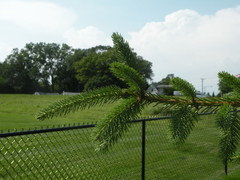
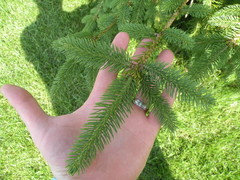
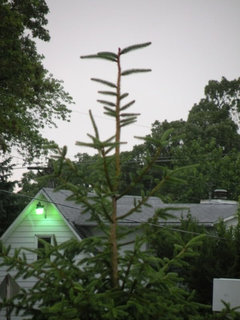
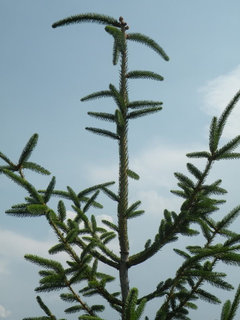
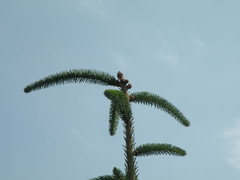
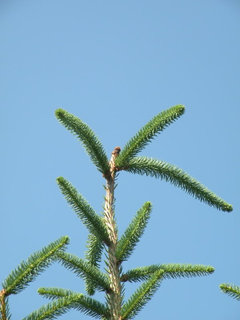
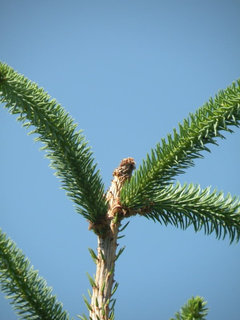
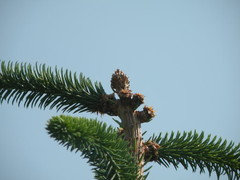


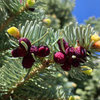
spruceman